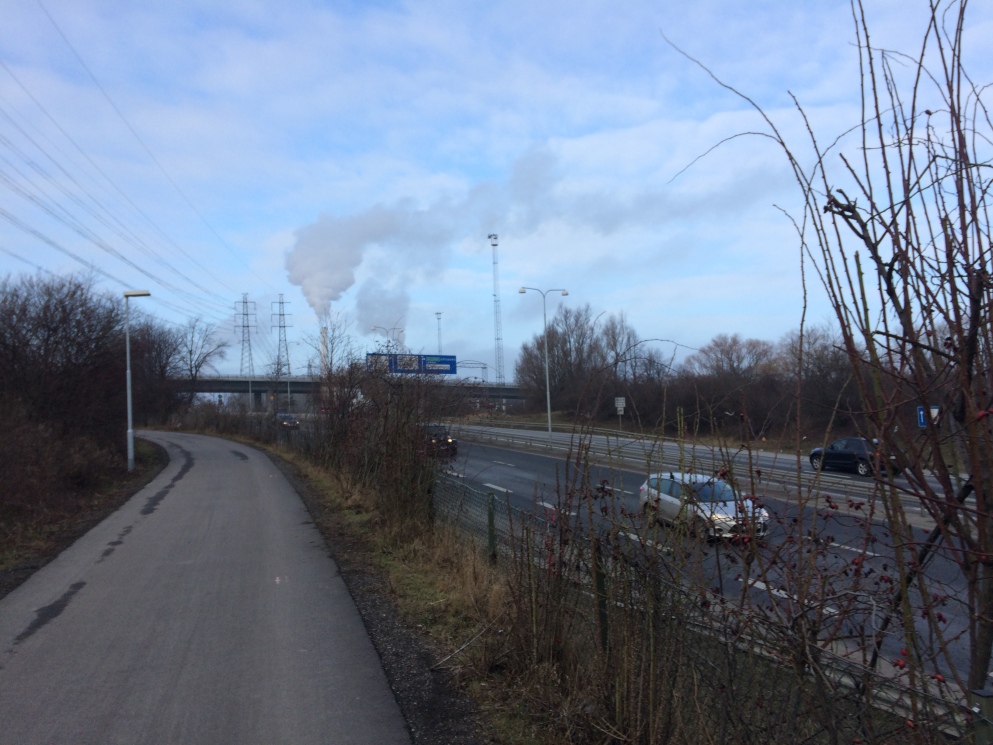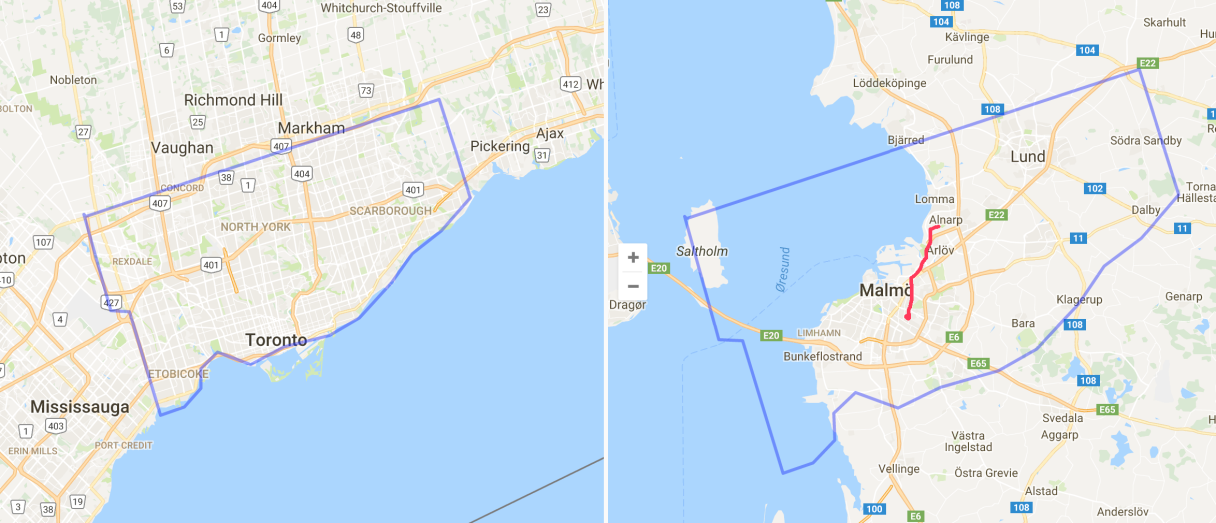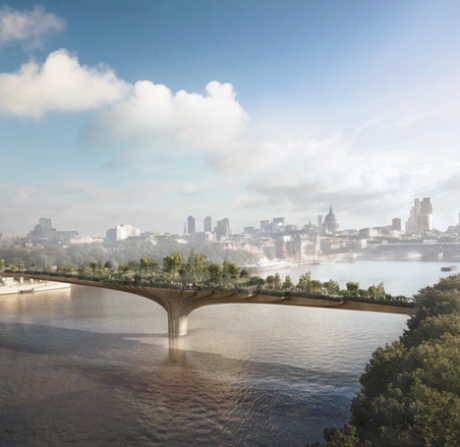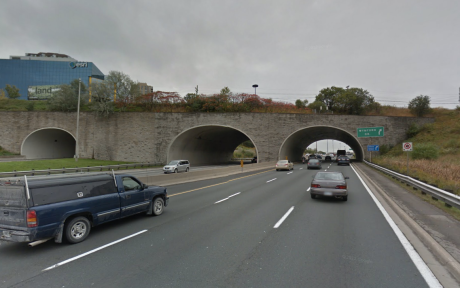Every day this month, I’ve biked from central Malmö to Alnarp, as small rural community just outside the city and the home of SLU, the university I’m currently doing an exchange at.
The bike ride takes about 45 minutes, and in this short distance, I pass through many distinct landscapes: neighbourhoods within Malmö itself, a highway interchange zone, industrial Ärlov, a bird reserve, and rural fields, all before getting to Alnarp.
Despite being within biking distance, because of all these landscape changes, Alnarp feels very, very far away from Malmö. And phenomenologically, it is. As I’ve explored before in past posts, distance matters less than feeling in determining how “far away” a place is.
Like the short ferry ride between downtown Toronto and Toronto Island, whenever a change in material reality is experienced, places seem very far away, no matter how far the distance.
And on my bike ride from Malmö to Alnarp, I experience many changes in material reality.
The city drops out, and then I peddle through the land of highway interchanges. The bike path weaves up, down and through bridges and overpasses, floats over the expressway and in between unkempt shrubs. At night, hundred of rabbits scurry between the vegetation, lending this landscape an even more ethereal quality.

The land of highway interchanges
Then, there is the land of the sea – the bike path borders a bird reserve, and the horizon extends infinitely. The smell oscillates from the salty murkiness of the coastline to an almost candy-like scent from the nearby garbage processing plant. The matted grasslands and water channels, the hawks, ducks, geese and crows flying around – this is a wholly distinct material reality where my thoughts expand as my breath shortens to keep up with small inclines.

The land of the sea
Finally there is the land of the fields. Naked patches of deep black soil envelop the bike path, and linear bands of trees, bent in the wind add directionality to this change in material reality.

The land of the fields
I arrive at Alnarp tired, dazed and feeling distant. Despite this being the distance of roughly the distance of Toronto’s Ferry Terminal to Davenport Rd and Dufferin (still very much in the city, and a commute I made often last I lived in Toronto), the many changes of material reality make Alnarp very much a distinct place, and my life in Southern Sweden is characterized by inhabiting many places at once, despite occupying the footprint of a tiny portion of the City of Toronto.

Map comparing distances in Toronto and Malmö – the red line represents my bike ride, and the short distance that takes me through so many changes in material reality.


























